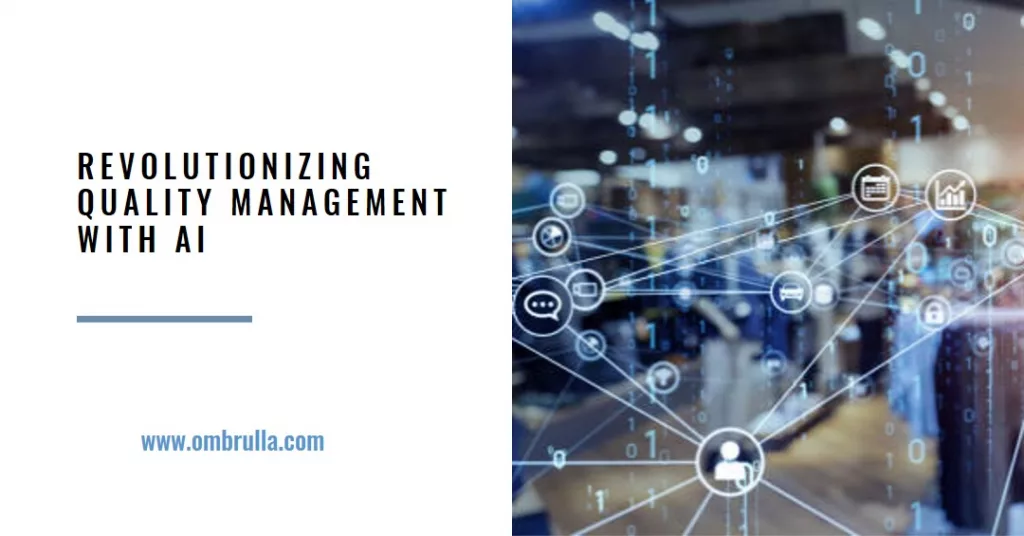
AI visual inspection is optimizing the manufacturing industry by automating Defect detection and quality control tasks with superhuman accuracy and speed. This innovative technology utilizes computer vision and machine learning algorithms to analyze images and videos, detecting even the subtlest of defects that might elude human inspectors.
Let’s dive into 5 key benefits of AI Visual Inspection in manufacturing:
1. Boosting profitability and cost savings:
- Reduced scrap and rework: Early defect detection prevents faulty products from moving further down the line, minimizing wasted materials and rework costs.
- Increased yield and output: Improved quality control leads to higher yield, maximizing production capacity and revenue generation.
- Reduced inspection costs: Automating visual tasks eliminates the need for manual inspectors, potentially lowering labor costs and overhead expenses.
2. Enhancing product quality and brand reputation:
- Consistent quality control: 24/7 inspection with unwavering precision ensures every product meets stringent quality standards.
- Reduced customer complaints and recalls: Minimizing defective products reaching customers improves brand reputation and customer satisfaction, reducing the risk of recalls and associated costs.
- Strengthened product competitiveness: Superior quality and consistent performance differentiate your products in the market, enhancing brand image and competitiveness.
3. Optimizing production processes and efficiency:
- Real-time insights and process improvement: Data-driven insights from defect analysis pinpoint root causes and inform process optimization, leading to continuous improvement and reduced downtime.
- Predictive maintenance: AI algorithms can predict equipment failures before they occur, enabling proactive maintenance and minimizing production disruptions.
- Increased production throughput: Faster inspection times with AI accelerate production lines, boosting overall output and efficiency.
4. Empowering data-driven decision making:
- Real-time production monitoring: AI systems provide continuous feedback on product quality and line performance, enabling informed decision-making and adjustments.
- Data-driven process optimization: Analysis of historical and real-time inspection data allows for proactive adjustments to optimize production processes and prevent future defects.
- Improved traceability and recall management: Comprehensive product tracking and inspection data facilitate efficient product recall if necessary, minimizing damage and regulatory complications.
5. Enhancing worker safety and flexibility:
- Reduced safety risks: AI systems can replace human inspectors in hazardous environments, protecting workers from potential dangers.
- Remote inspection capabilities: AI allows for remote monitoring and inspection, increasing flexibility and adaptability in production, especially for large or geographically dispersed facilities.
Overall, Artificial Intelligence visual inspection offers a compelling value proposition for manufacturers, transforming quality control and defect detection, optimizing production processes, and delivering significant business benefits in terms of profitability, product quality, efficiency, and safety.
In addition to these 5 key benefits, AI visual inspection also enables advancements in areas like product customization and personalization, further extending its impact on the manufacturing landscape.
AI Applications AI Data Analytics AI Defect Detection AI forecasting AI for Everyone AI in Automotive AI in Green Logistics AI in Logistics AI in Manufacturing AI in Pharmaseutical AI Inspection AI in Supply chain AI Quality Control AI Quality Controll AI Quality Inspection AI Video Analytics AI Visual Inspection AI Visual Inspection use cases Artificial Intelligence asset health monitoring asset performance management asset performance management software asset tracking Computer Vision Defect Detection equipment tracking Future of AI Google Industrial AI iot asset management Predictive maintenance predictive maintenance systems Process Optimization Ship Inspection using AI

Leave a Reply